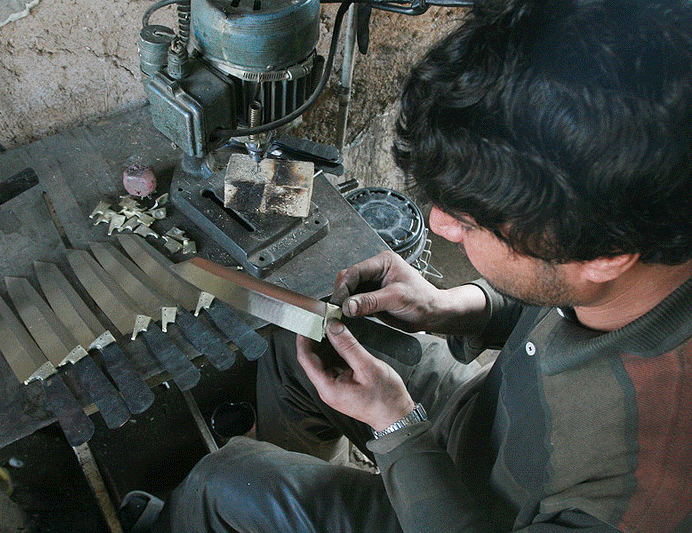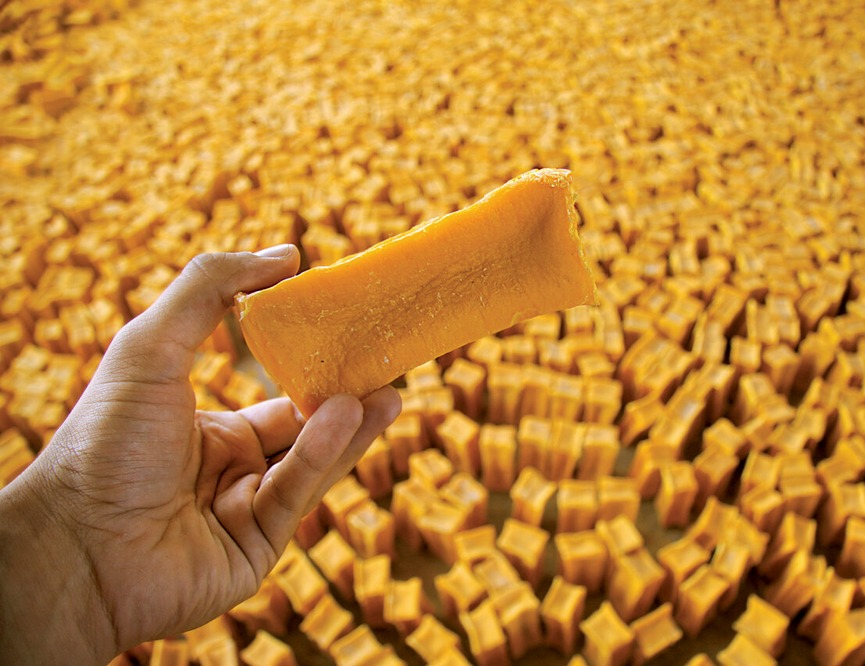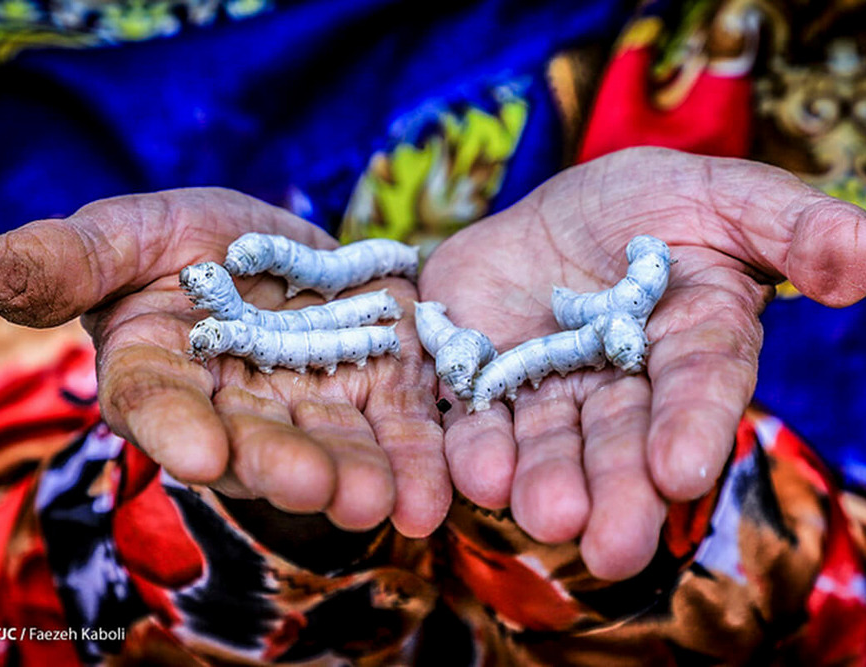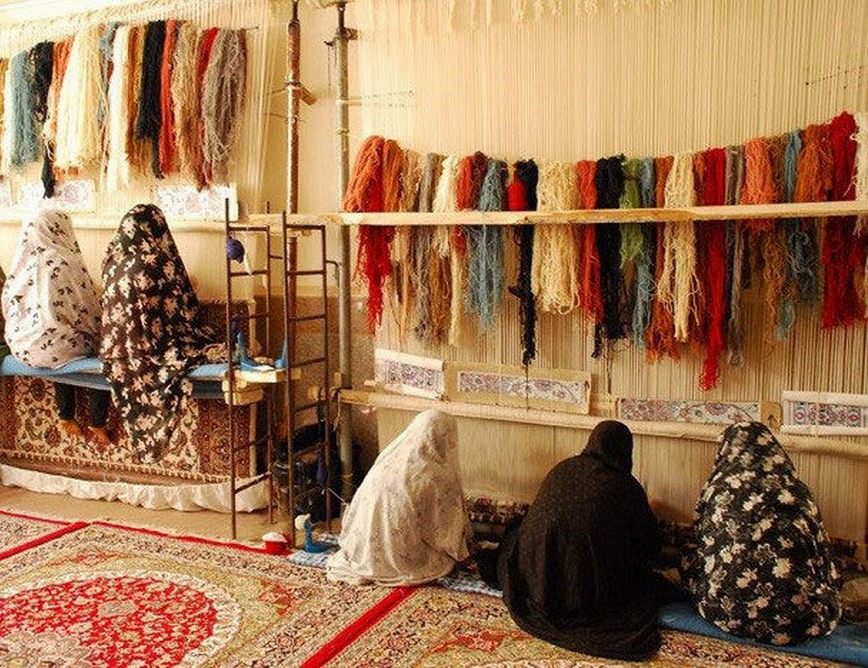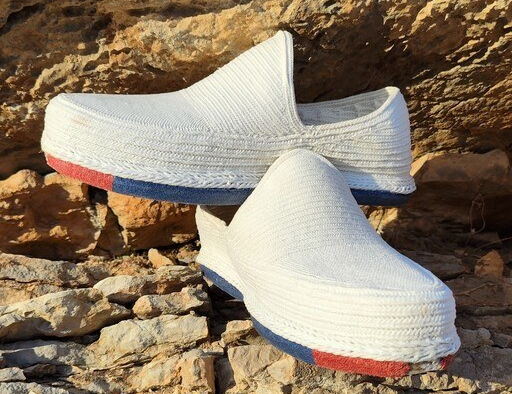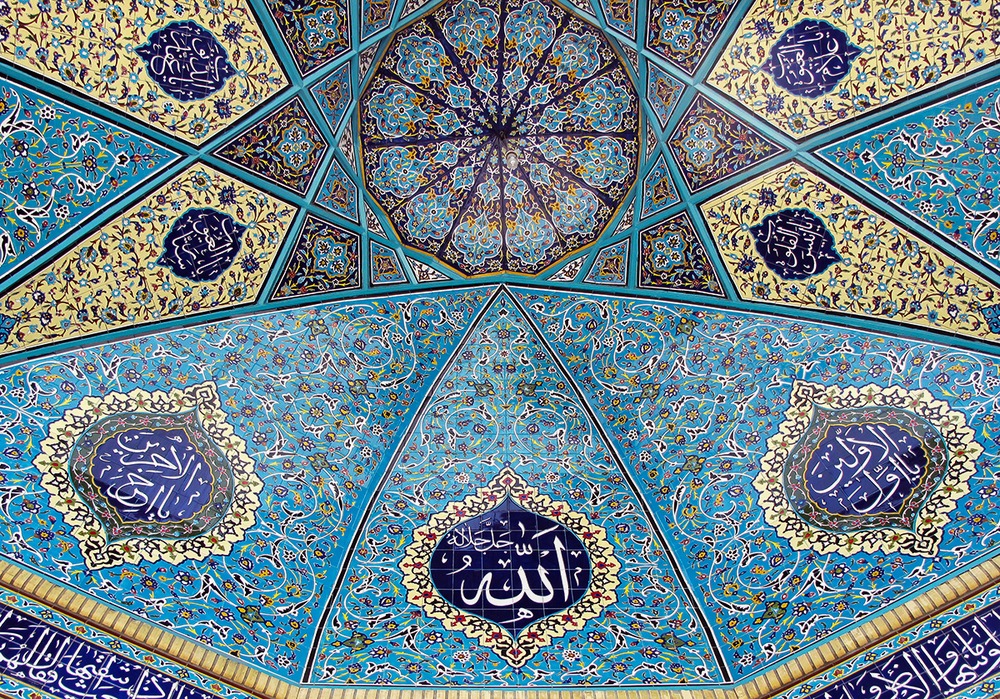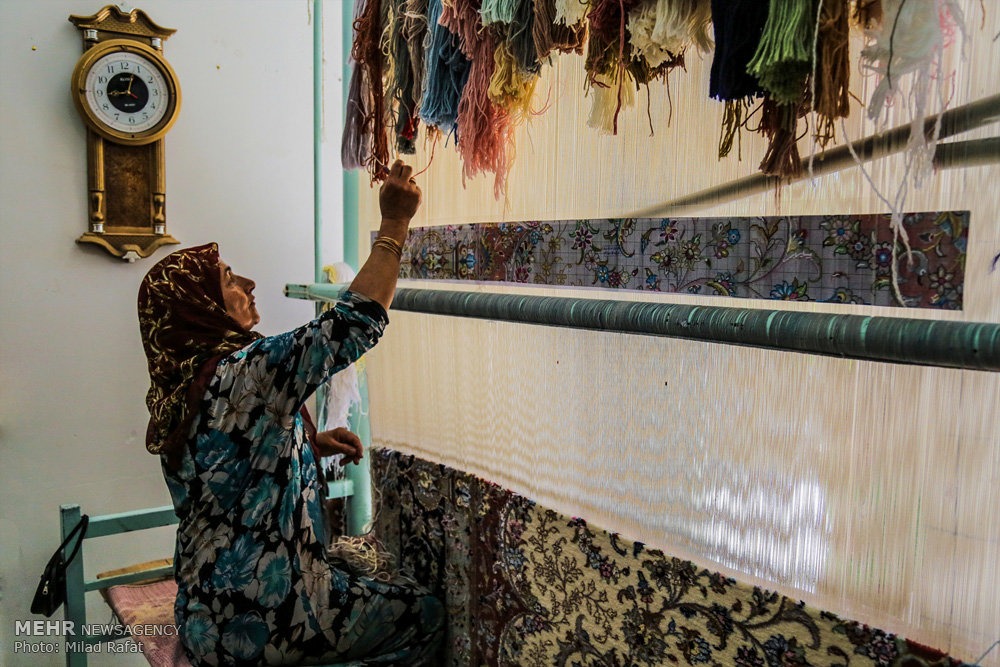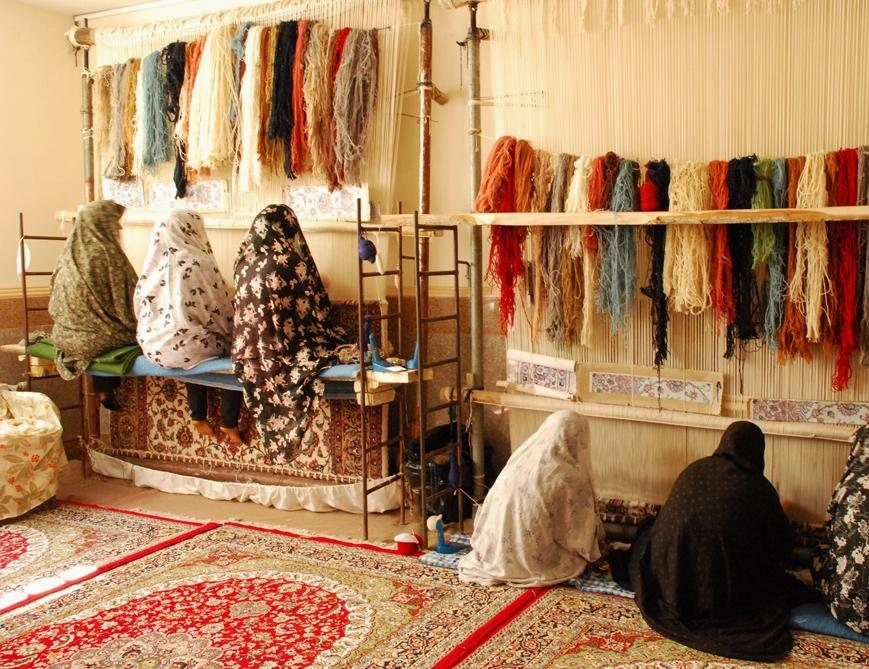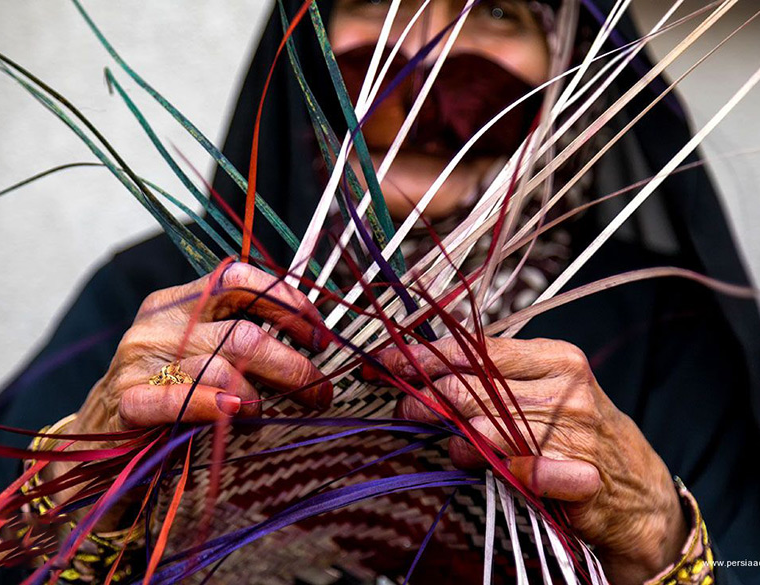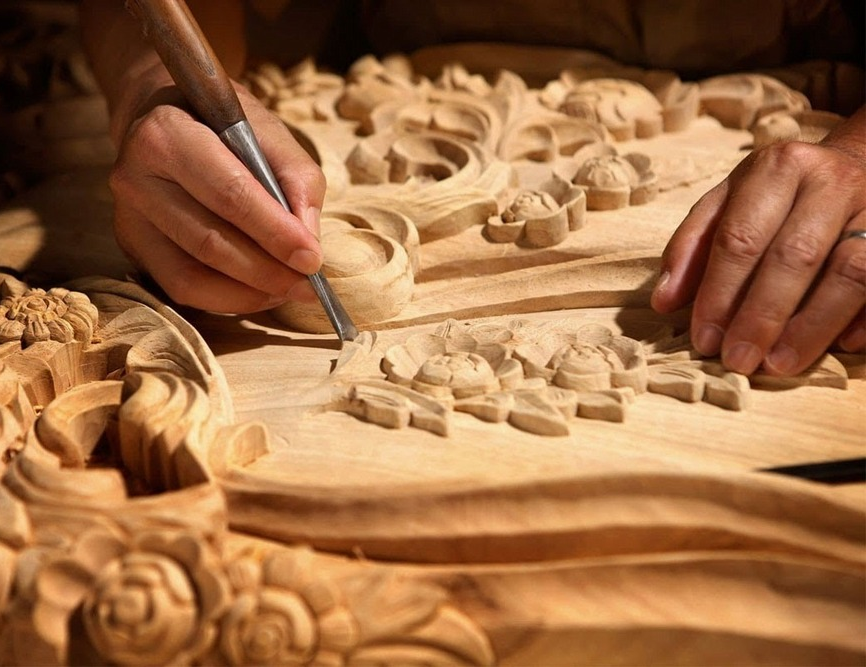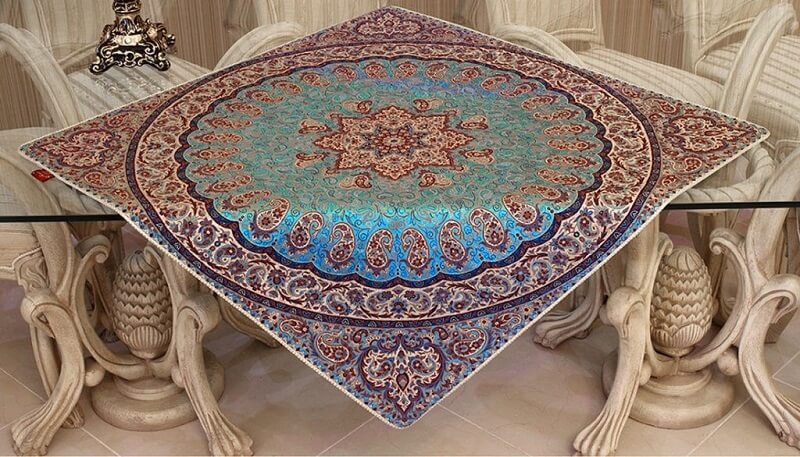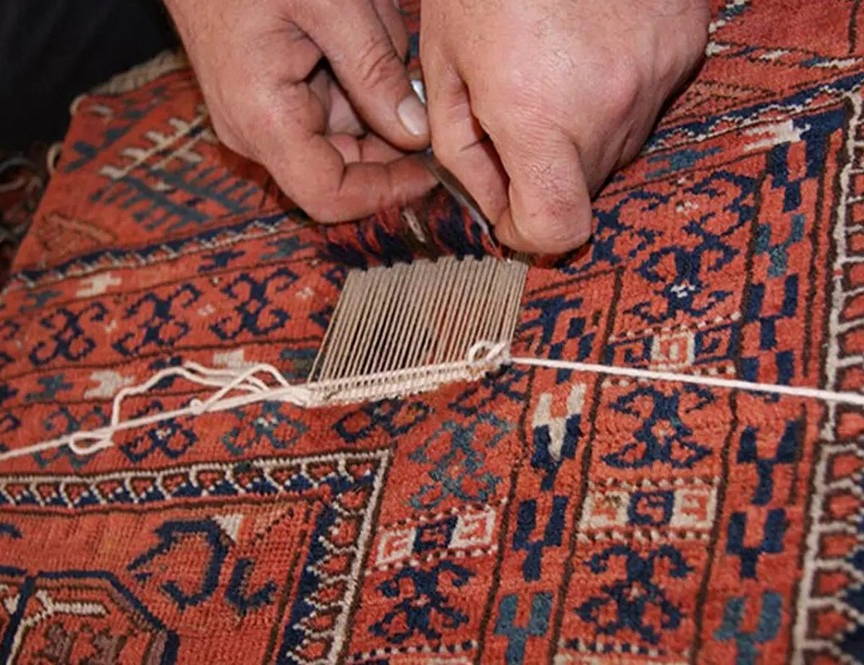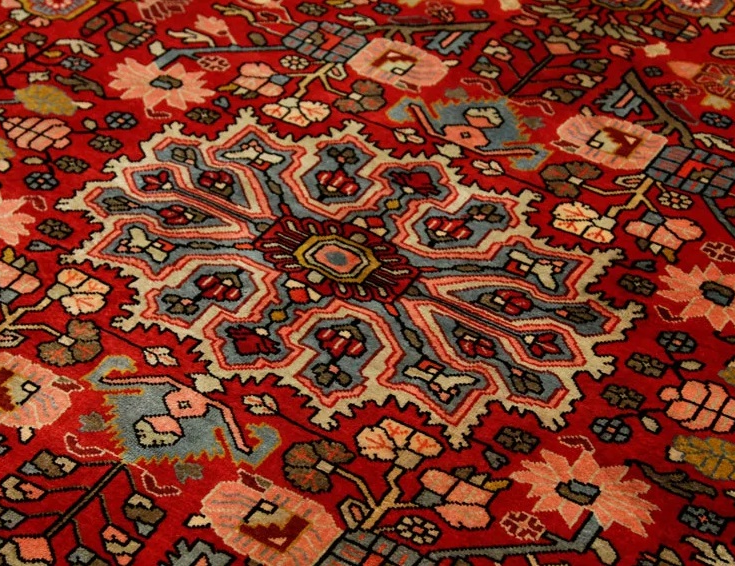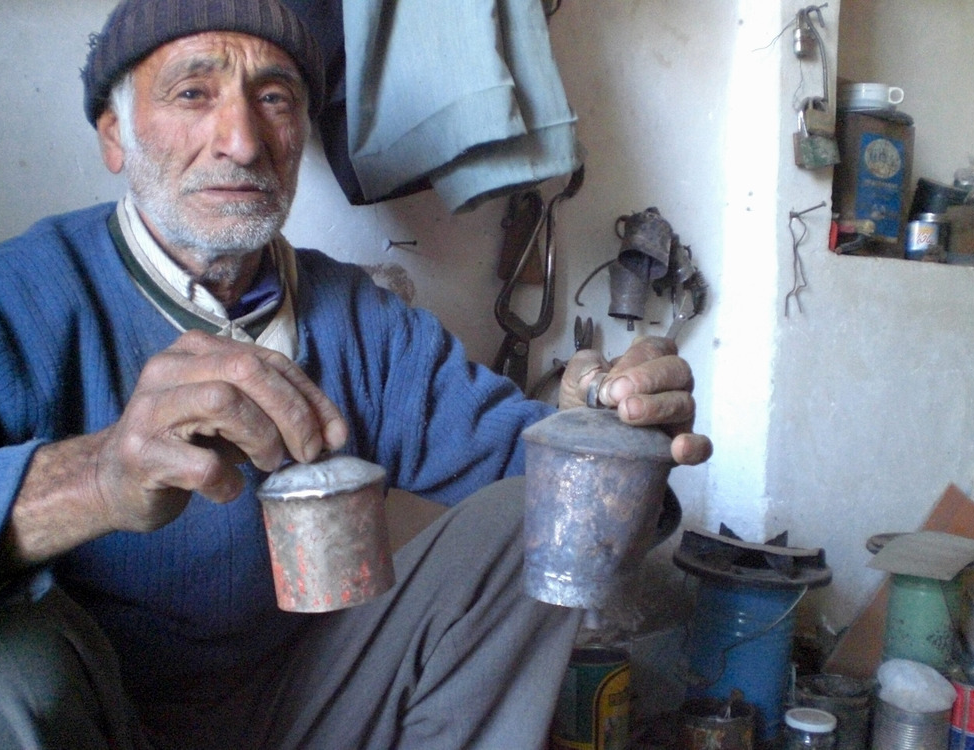
Silversmithing
Many tourists, when visiting tourist destinations, look for souvenirs and handicrafts to take home a memento of their trip. In East Azarbaijan Province, which is one of the important provinces of Iran in terms of tourism, there are many handicraft artifacts that can be good souvenirs, which in addition to strength and durability, have extraordinary beauty.
Due to the longevity of the art of silversmithing in East Azarbaijan province, this art was inscribed as the intangible cultural heritage of the province in the year 2011 in order to ensure its preservation and transmission to the next generations.
Silver and Its History
Silver is a soft, white, shiny, and attractive metal. This metal is available in nature in pure form or as alloys with gold and other minerals. The largest amount of silver that is extracted in the world is a byproduct of the extraction of metals such as copper, nickel, lead, and zinc.
Certain artifacts have been discovered in the Sialk Archeological Hills of Kashan that show that the people of Iran were familiar with the extraction and refining of silver in the 4th millennium BC and had acquired the knowledge of making silver objects. The silver cup of the Elamite woman or Elamite goddess, which was found in Marvdasht, Fars Province, and dates back to two thousand years BC, is one of the oldest silver objects discovered in Iran. This valuable work is kept in the National Museum of Iran in Tehran.
With the discovery of some properties of silver, including high conductivity, in the last few centuries, the value of this metal increased considerably. Today, silver is used in photography, the chemical industry, making musical instruments, and dentistry - in addition to jewelry making and decorative objects - and is also extensively used in the electronics industry.
Silversmithing in East Azarbaijan
The ornamental aspects of silver have made this metal one of the main materials for making various artifacts in the East Azarbaijan Province of Iran, which is one of the main centers of silversmithing.
Toreutics is one of the disciplines related to the art of silversmithing. Tabrizi artists produce silver artifacts in a style, which is specifically used in this region. In this style, unlike Esfahani artists, a hammer is not used to create images on the silver surface, but the artist carves different motifs by pressing a metal chipping pen on the silver surface as a result of which the depth of the designs of the final product is less.
New methods of silversmithing were brought to Tabriz from Türkiye in the early 20th century, which made Tabriz one of the most important centers of silversmithing in Iran. The techniques and equipment related to this profession, later on, spread to other parts of Iran.
In addition to luxury kitchen and dining utensils and accessories, Tabrizi silversmiths are also skilled in making jewelry and decorative products, such as mirrors and candlesticks, trays, nut bowls, ring stirrups, and photo frames.
Since silversmith artists can use their own flair to create the final products, this profession can be considered a personal art that provides practical products to the markets and can also take on an industrial aspect. The products that Tabrizi silversmiths offer to the market are very diverse and can be restored. The other crafts used along with Toreutics in the art of silversmithing include enamel making, tapestry, engraving, and chiaroscuro.
Iranian Armenians and Silversmithing
East Azarbaijan was one of the places where Armenians lived in Iran for a long time. Following the outbreak of World War I, a number of Armenians living in Türkiye immigrated to Tabriz and most of them turned to silversmithing for a living. Today, many names of Armenians can be seen among the silversmiths of East Azarbaijan.
Due to the longevity of the art of silversmithing in East Azarbaijan province, this art was inscribed as the intangible cultural heritage of the province in the year 2011 in order to ensure its preservation and transmission to the next generations.
| Name | Silversmithing |
| Country | Iran |
| Cities | |
| Works | Metal and ornaments |
| Registration | National |
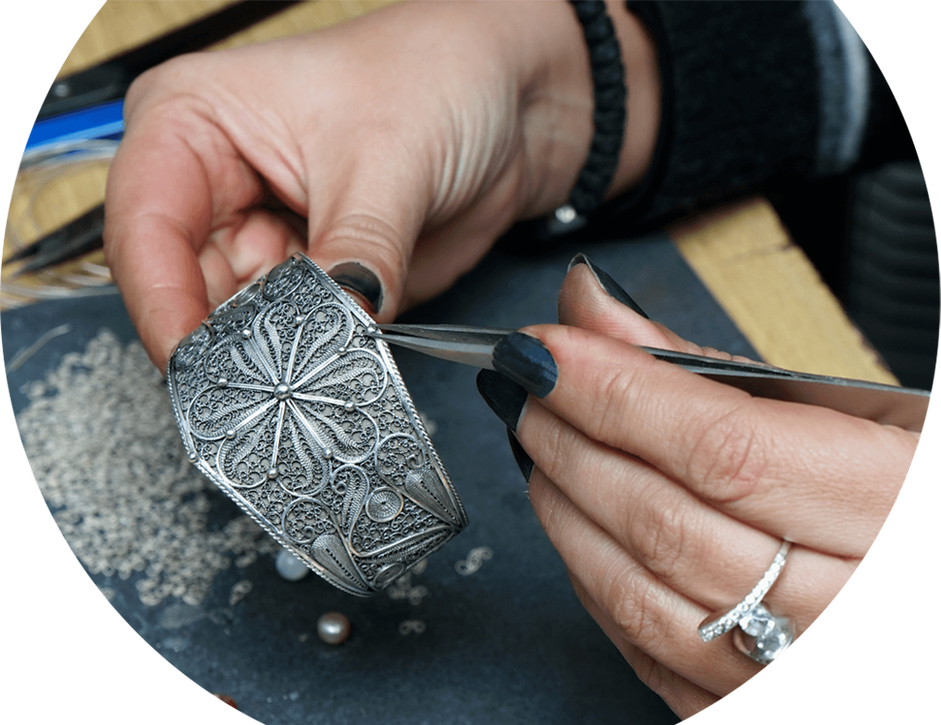
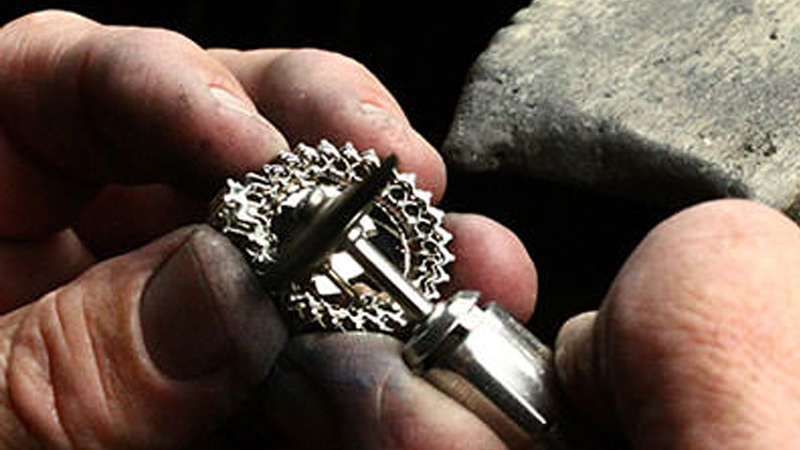
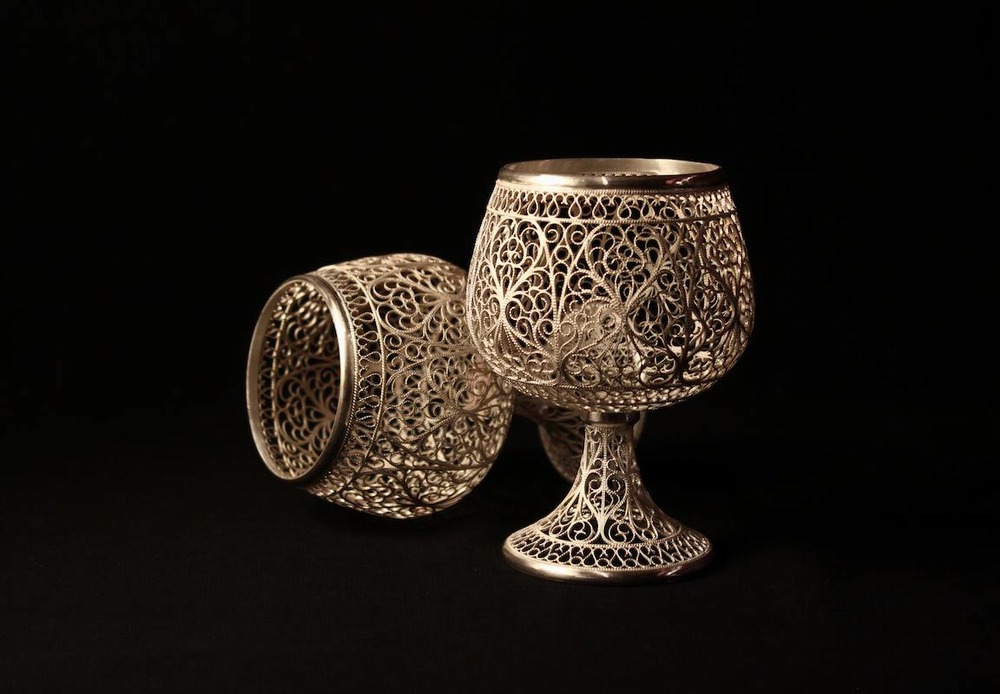
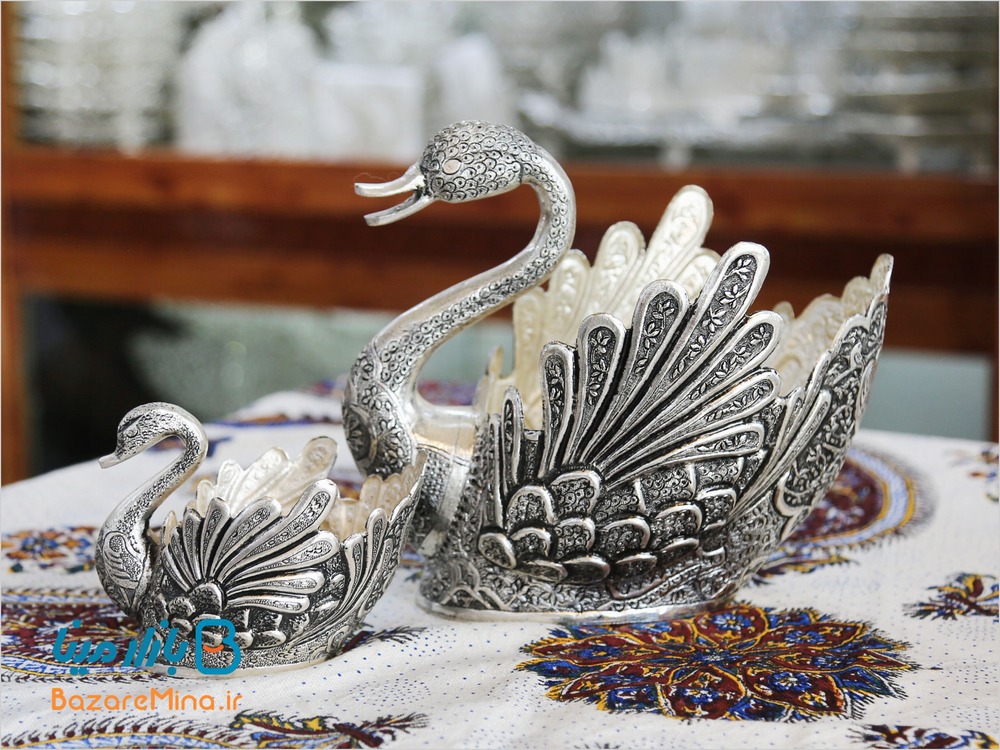




Choose blindless
Red blindless Green blindless Blue blindless Red hard to see Green hard to see Blue hard to see Monochrome Special MonochromeFont size change:
Change word spacing:
Change line height:
Change mouse type:

